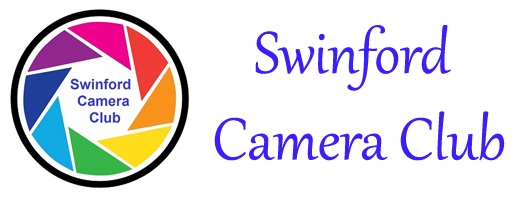Solar Eclipse due tomorrow in Ireland. Anyone planning on shooting the eclipse tomorrow, please be very very careful. It is extremely dangerous to not only look directly at the sun, it is even more so through the camera lens. The UV rays can cause permanent eye damage and blindness in a matter of seconds.
You can use your lcd screen on your camera to view the eclipse. You will need to mount a strong 10x neutral density filter on your lens, a 300mm lens or longer if you have one would be best. (You may need to add extra ND filters to the 10x filter). Do not leave your camera in live view for any longer than 30 seconds as the sensor could overheat and be permanently damaged. Mounting your camera on a tripod would be best.
Camera Settings
Camera settings are quite simple.
- Set your camera and lens on a tripod.
- Set your ISO to the lowest value like 100.
- Set your camera mode to Manual.
- Start out at the fastest shutter speed your camera has to offer, such as 1/8000 and see if you need to lower it.
- Start out at f/8 and stop down a little more if the shutter speed is too fast. If the sun comes out too bright and overexposed, it means that you are using a weak ND filter.
Depending on what ND filter you are using, your shutter speed should be fast enough to not cause any vibration issues.
Focus Accuracy and SharpnessNo matter what lens you are using, getting a very accurate focus on the sun and moon is extremely important. I know that some photographers suggest to shoot at infinity using the lens marks, but since many lenses now allow focusing “beyond infinity”, getting a true infinity focus is not that easy – a slight inaccuracy in focus will make the sun and moon appear blurry. Forget about trying to acquire focus on the sun without an ND filter – it is too bright and could be too small in the frame for that. What I would do, is point your lens at a really far object and focus on that object (either through viewfinder or Live-View). Instead of dealing with refocusing every time you take a picture, I highly recommend to switch off autofocus once you get an accurate focus. Take a picture and use the LCD screen of the camera to see how sharp the sun is. Zoom in all the way and make sure that the sun appears sharp.
Another thing to point out is, if you are using a lens with a tele-converter, or if you are using a consumer zoom lens, the optics are probably not very sharp when shooting at large apertures. Stopping down the lens aperture to f/8 or f/11 should give you the sharpest results. Don’t use apertures larger than f/16 as diffraction will start to kick in and make the moon appear even softer.
Here are the times for the eclipse in Ireland tomorrow morning.


Recent Comments